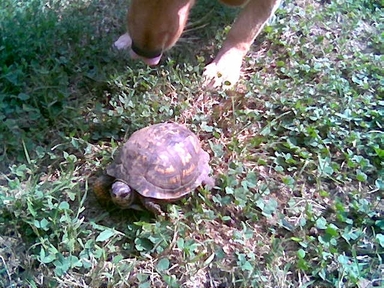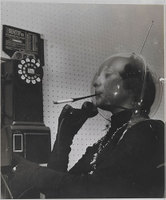Errol Morris responds to some of the letters he received about his characteristically excellent seven-part piece "Bamboozling Ourselves" (scroll to the bottom to start at the beginning), about the Vermeer forgeries of Han van Meegeren during the World War II era. The whole thing is full of provocative ideas and well worth your time, but this caught my eye:
I was standing in the Mauritshuis on a visit to The Hague. And there it is, hanging on the wall, one of the most famous paintings in the world, "The Girl with the Pearl Earring." O.K. It was something of a letdown. (I had a similar response to the Mona Lisa and the Botticelli Venus.) It was actually – at least for me – impossible to look at the painting as a painting. Clearly, it has been singled out for a reason, but I am no longer sure of what that reason might be. It is such an iconic image – reproduced hundreds of thousands, if not millions of times – that it is unclear what I am responding to. Is it its transcendent fame; its ubiquity – to the point of kitschiness; its real or imagined value, $100 million, $200 million? Or its provenance? The feeling that I am in the presence of Vermeer. But one thing I know for sure: it is impossible to respond to it as just another painting.
Who hasn't had this reaction before one famous piece of art or another?

